|
Last week I introduced readers to our new Mount Olivet Monument Hall of Fame through our “Stories in Stone” blog. One of the seven inductees (of the inaugural 2021 class of monuments) is that of the John Henry Williams family, and we refer to it as the Williams’ “Mourning Woman” Monument. This can be found in Area R/Lot 103-106, and clearly stands out because of an iconic statue. Mr. Williams (1814-1896) was a banker and his family home is the same that today houses Federated Charities as it was bequeathed by the family for just that reason. Like the Williams "eternal home" here at the cemetery, you may better know the "mortal home" of the Williams because of another iconic statue. This would be the site where the iron dog (nicknamed “Charity”) adorns the front porch at 22 South Market Street in downtown Frederick. John H. Williams' wife Eleanor Shriver (1814-1892) and three of his children reside in this burial plot which features a large central monument in the form of a sarcophagus. It is topped with a bowed woman caught in the act of mourning, while down on one knee. She has her head in her left hand, while her right hand is clutching a wreath. Adorned in ancient Greek attire, the female included as part of this monument is a commonly found example of cemetery iconography. In Victorian era times, women were often portrayed as the mourners of the human race, the ones expected, and allowed, to express emotions. It is their presence in the cemetery that connotes sorrow and grief at the loss of a loved one. Meanwhile, the laurel wreath dates back to Roman times when soldiers wore them as triumphal signs of glory. The laurel was also believed to wash away the soldier’s guilt from injuring or killing any of his opponents. In funerary art, the laurel wreath is often seen as a symbol of victory over death. According to the website Gravelyspeaking.com, a description is given for a replica of this monument design involving a mourning woman clutching a laurel wreath. Apparently the mourning figure represents Niobe, the Greek mythological Queen of Thebes. “Niobe had fourteen children (the Niobids) and taunted Leto, who only had two children, Apollo and Artemis. In his rage he sent his two children to avenge the slight done to him by Niobe striking out at what was most dear to her. Niobe, became the symbol of mourning when Apollo slaughtered her seven sons and Artemis killed her seven daughters. As one version of the story goes, upon seeing his dead fourteen children, Amphion, the King of Thebes, committed suicide. Her grief was so powerful that tears flowed ceaselessly from her forming the River Acheloos. Niobe was so stricken with grief that she fled to Mount Siplyus, near Manisa, Turkey, where she turned to stone.” I was hoping to find a direct correlation as to the Williams choice of this funerary character, thinking perhaps the parents lost a child (or children) at a young age, or that they simply predeceased them. That wasn’t the case as son Henry died at 80 in 1918, and daughter Margaret Janet Williams died at age 77 in 1922. I was already familiar with Margaret Janet Williams, as I had written about her a few years back in conjunction with a story written in 2018 about the founding women of the Frederick Chapter of the National Society, Daughters of the American Revolution. “Jennie” Williams, as she was more commonly known, was born in 1844 and never married. She was a charter member of the Frederick DAR group begun by another, nearby Mount Olivet occupant, Betty Maulsby Ritchie in 1892, and served as the group’s first corresponding secretary. I was familiar with Jennie’s mother’s family, the Shrivers, as they have appeared in a few different writings in my past and once had a family burying ground near the southwest intersection of N. Bentz Street and Rockwell Terrace. In case you were wondering, most of these family members are a stone’s throw south of the Williams’ plot, as they were reinterred to Area MM earlier in the 20th century. I didn’t know much about Jennie’s father and brother, except for the fact that both were successful in banking. Thanks to another man who shared the family name, T.J.C. Williams, I was able to learn a considerable amount about the family through a biography on Henry that appears in the History of Frederick County, Maryland, published in 1910. I include it here for your reading pleasure: “Henry Williams, one of the best known and most influential citizens of Frederick County and formerly president of the Central National Bank of Frederick City, Md., was born in that city, October 26, 1837. He is a son of John H. and Eleanor (Shriver) Williams. Henry Williams, the grandfather of Henry Williams, was a native of Pennsylvania, where he was born in 1742, and died in Frederick, Md., in 1820. He was of Scotch-Irish antecedents, and emigrated from Pennsylvania to Frederick County, Md., among the early settlers. At the outbreak of the Revolutionary War he was living near Emmitsburg, and organized and became Captain of a company from Frederick County that served throughout the struggle. He was one of the leading and most prominent citizens of the county in his day, and was held in high esteem. In politics, he was a staunch adherent and active supporter of the Federalist party. In a religious way he was connected with the Presbyterian church in which he was an active and consistent member. Mr. Williams was married to Jeannette Witherow, who was also of Scotch-Irish origin. They were the parents of only one son, John H. John H. Williams, son of Henry and Jeanette Williams, was born near Emmitsburg, Frederick County, MD., in 1814, and died November 11, 1896. He was reared in the neighborhood of Emmitsburg, where he received his elementary education. He attended Jefferson College, Canonsburg, Pa., from which institution he was graduated in 1834. He then began the study of the law in Frederick City under William Schley, Esq., and was admitted to the Frederick County Bar. As a lawyer, Mr. Williams was entitled to high regard. He enjoyed a large and influential clientele, and represented many of the most important interests of the county. His legal ability was unquestioned, and he made his mark in the profession that he had so aptly chose as his work in life, winning for himself the regard and admiration of all who knew him. In every instance he was noted for the skillful manner in which he safeguarded the interests of his clients. Beginning in 1836, Mr. Williams was also for many years editor of the “Frederick Political Examiner,” and won high rank in the journalistic field. For over forty years, he was connected with the Frederick County National Bank, and at the time of his death, was serving as its president. While in this position, he directed the affairs of the institution with a foresight and financial ability that stamped him as a man of high executive capacity. In politics, Mr. Williams was at first identified with the old-line Whig party, but upon the organization of the Know-Nothing party, he became an adherent and active supporter of the Democratic party, with which he remained until his death. In religion, he was for many years an active and devoted member of the Presbyterian church. In 1836, Mr. Williams was married to Eleanor Shriver, daughter of Judge Abraham Shriver, who was judge of the Circuit Court of Frederick County for forty years. John H. and Eleanor Williams were the parents of two children: Henry and Margaret Jeannette, who reside in Frederick." The Williams family possessed two fine homes in Frederick that still stand today. John purchased a fine townhome at 22 S. Market Street in 1852. In 1881, he built a summer cottage west of town at the foot of Catoctin Mountain along the Old National Road leading up to Braddock Heights. This neighborhood is known as Fairview, and the Williams would name their cottage "Highland." Henry Williams Henry Williams received his elementary education in private schools. He then attended the University of Virginia and later Yale College, New Haven, Conn. After completing his studies, he became a clerk for Alexander Murdock & Company, commission merchants, with which firm he remained for five years. In 1863, Mr. Williams enlisted in Company A, 33rd Texas Cavalry, Confederate, and served in the Valley of the Mississippi until the close of the war. In 1865, Mr. Williams returned to Frederick, and entered the employ of the Central National Bank as a book-keeper. In 1871, he was promoted to discount clerk, and in 1876 he was made assistant cashier. Two years later, he was chosen cashier, and served in that capacity until 1897, when he was elected president of the institution. He retained the latter position until 1905, when he resigned, and has since lived in retirement. As the head of a flourishing financial institution, he won high repute for the able manner in which he directed its affairs, and became one of its best known financiers of this part of the State. His methods were always characterized by the highest principles, and he commanded the respect and confidence of business and financial circles generally. Mr. Williams is one of the best-known citizens of the county, and is held in high esteem by all who know him. He is a director of the Maryland School of the Deaf and Dumb, and a member and treasurer of the executive committee. In politics, Mr. Williams has for the last fifteen years been a staunch adherent and supporter of the Jeffersonian Democracy, but has never aspired to public office. Fraternally, he is a member of Frederick Lodge, No. 684, Order of Elks. He is affiliated in a religious way with the Presbyterian church. Mr. Williams was married in 1871, to Henrietta Marian Stokes, daughter of Robert Y. and Henrietta D. (Tyler) Stokes of Frederick City. Robert Y. Stokes, who died in 1874, was for many years president of the Central National Bank.” Henry and Henrietta lived most of their adult lives in the vicinity of Court Street. In 1880, Henry lived in Carlin's City Hotel and in 1900 directly in front of the old Frederick County Courthouse (today's City Hall). In 1910, the couple resided in the Park Hotel, now the site of a parking lot at the intersection of Court and Church streets. The Williams Family at Mount Olivet Eleanor C. Williams died March 8th, 1892. Her obituary reports that she was originally buried in the earlier mentioned Shriver Burying Ground off N. Bentz Street. Four burial lots would eventually be purchased in Area R (Mount Olivet) on March 11th, 1894, and the body of Mrs. Williams was reinterred here on December 17th, 1894. This is possibly the time that the monument was placed on the site, or perhaps it came with the death of husband John H. Williams on November 11th, 1896. The children of John and Eleanor would join them here within the next three decades. Jennie (Margaret Janet) died at age 77 on April 8th, 1922. Brother Henry had died four years earlier on January 2nd, 1918. His widow, Henrietta, would join him here upon her passing in January, 1926. More information about the Williams and the former Williams’ home at 22 S. Market Street can be found on the Federated Charities website, including a few photographs of how the home appeared in the early 1900s upon the time of Jennie’s death. The 1919 Annual Report of Federated Charities contains the first mention of a bequest of the 22 South Market Street building from the estate of Margaret Janet Williams. Miss Williams stipulated that her home be used, “in the service of the people of Frederick.” The original structure was built in 1820 by Edward Goldsborough and it was subsequently owned by Henry Schley and John H. Williams and then his daughter, Margaret. Family photographs show a well-loved home, filled with animals, art and a late Victorian sensibility. The building has been cited as “an extremely rare example of a 19th century urban form: a domestic complex consisting of a high-style residence connected to support structures,” by the Maryland Historic Trust. It is the only known such complex remaining in Frederick from the mid-to late 19th century, and it is also a rarity in Maryland. Federated Charities took possession of the building in 1930 along with a small endowment, and a number of antique furnishings and art pieces and began to fill its spaces with the kinds of programs that benefited a wide range of Frederick’s citizens as the city continued to expand. As for “Charity” the dog, he was installed on the front porch of the home in 1858 by John H. Williams. Apparently he paid $45 for the statue, and an additional $5 for its marble base. Purportedly a Chesapeake Bay Retriever, “Charity” as he was named in 1989, is made of zinc and pewter and was cast during a time period where decorative statuary of this kind was a sign of influence when installed on a private home. An apocryphal story is that Mr. Williams’ placed the dog strategically to prevent inebriated party attendees from falling off the family’s porch. I like that tale as I’m sure many have experienced a later need for the “hair of the dog” after a long night at neighboring “Wag’s” Restaurant and Bar. I certainly have myself, in younger days of course! Over the years, both the tail and the head of the “Charity” statue have been broken off by vandals, including once in 1946 by two soldiers who were stationed at the German POW camp located west of Frederick. Each time the pieces were reinstalled and in 2005 the tail was rebuilt in a downward oriented position in order to stabilize it. Federated Charities annual ART of the Dog event, celebrates Charity’s steady presence as a symbol of what this non-profit organization has continued to represent in the Frederick community for over a century. We can thank the Williams family and the story of their unending "charity" is a big part of this legacy. The author would like to dedicate this week's story to Mr. Ron Harbaugh, who passed away suddenly earlier this week. Ron was a loyal reader and supporter of "Stories in Stone" since its inception in 2016. Rest in Peace my friend.
1 Comment
Barbara Myers
8/29/2021 12:22:05 pm
In 1989, they held a contest to name the beautiful dog statue in front of the Federated Charities. My mother, Jeannine Myers was working in the building at the time and she
Reply
Leave a Reply. |
STORIES
|
Archives
July 2024
June 2024
May 2024
April 2024
March 2024
February 2024
January 2024
December 2023
November 2023
September 2023
August 2023
July 2023
June 2023
May 2023
April 2023
March 2023
February 2023
January 2023
December 2022
November 2022
October 2022
September 2022
August 2022
July 2022
June 2022
May 2022
April 2022
March 2022
February 2022
January 2022
December 2021
November 2021
October 2021
September 2021
August 2021
July 2021
June 2021
May 2021
April 2021
March 2021
February 2021
January 2021
December 2020
November 2020
October 2020
September 2020
August 2020
July 2020
June 2020
May 2020
April 2020
March 2020
February 2020
January 2020
December 2019
November 2019
October 2019
September 2019
August 2019
July 2019
June 2019
May 2019
April 2019
March 2019
February 2019
January 2019
December 2018
November 2018
October 2018
September 2018
August 2018
July 2018
June 2018
May 2018
April 2018
March 2018
February 2018
January 2018
December 2017
November 2017
October 2017
September 2017
August 2017
July 2017
June 2017
May 2017
April 2017
March 2017
February 2017
January 2017
December 2016
November 2016

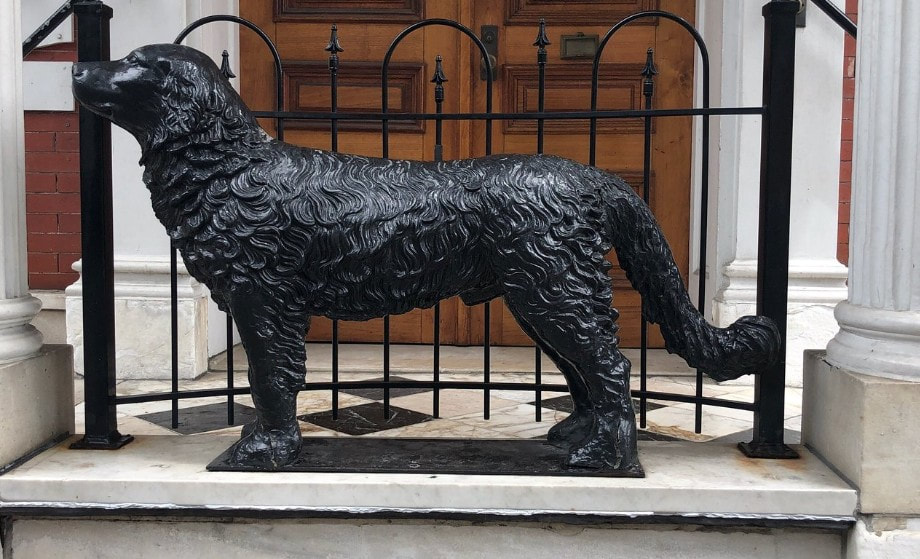
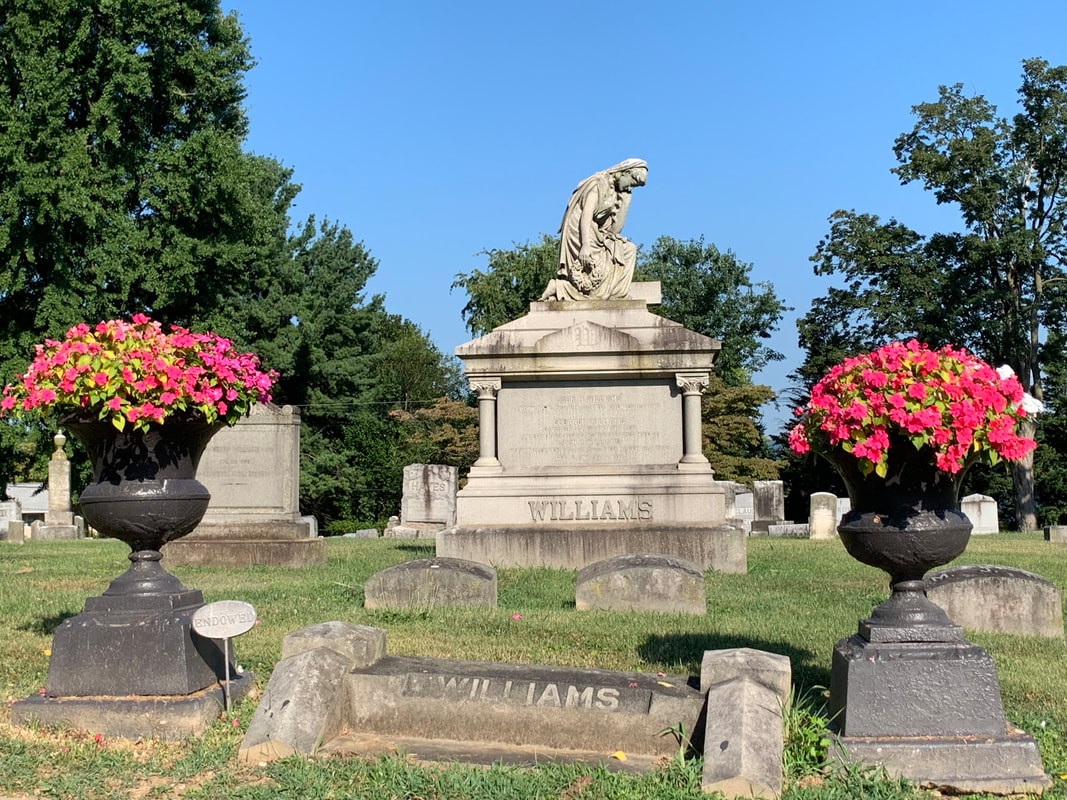
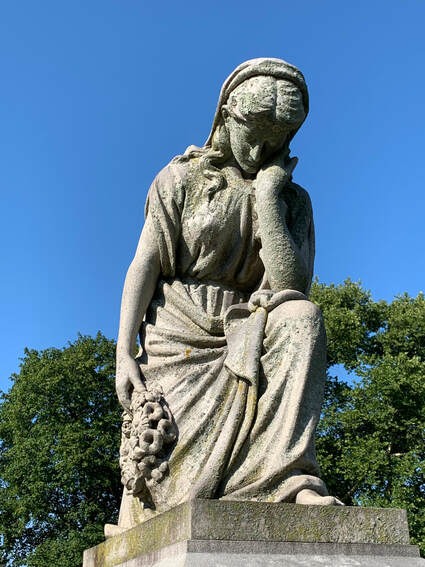
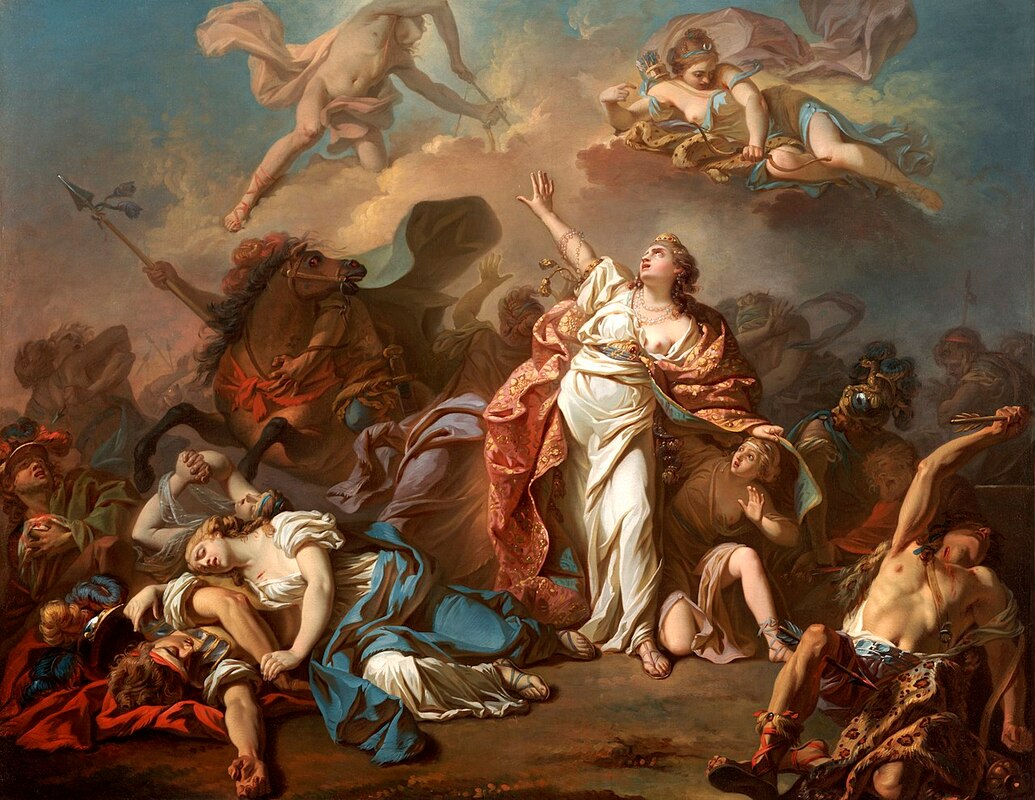

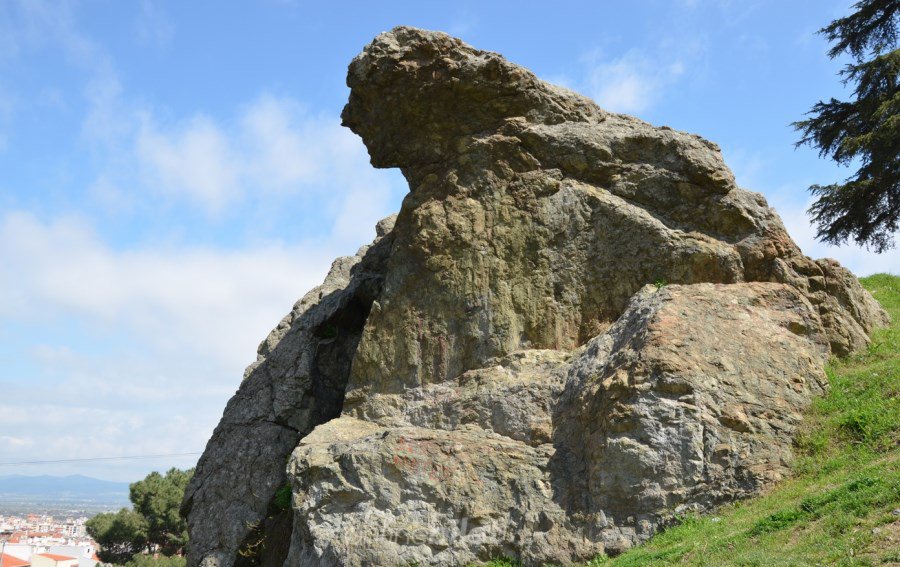
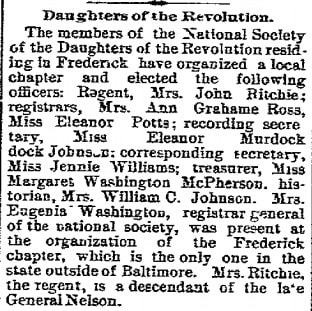
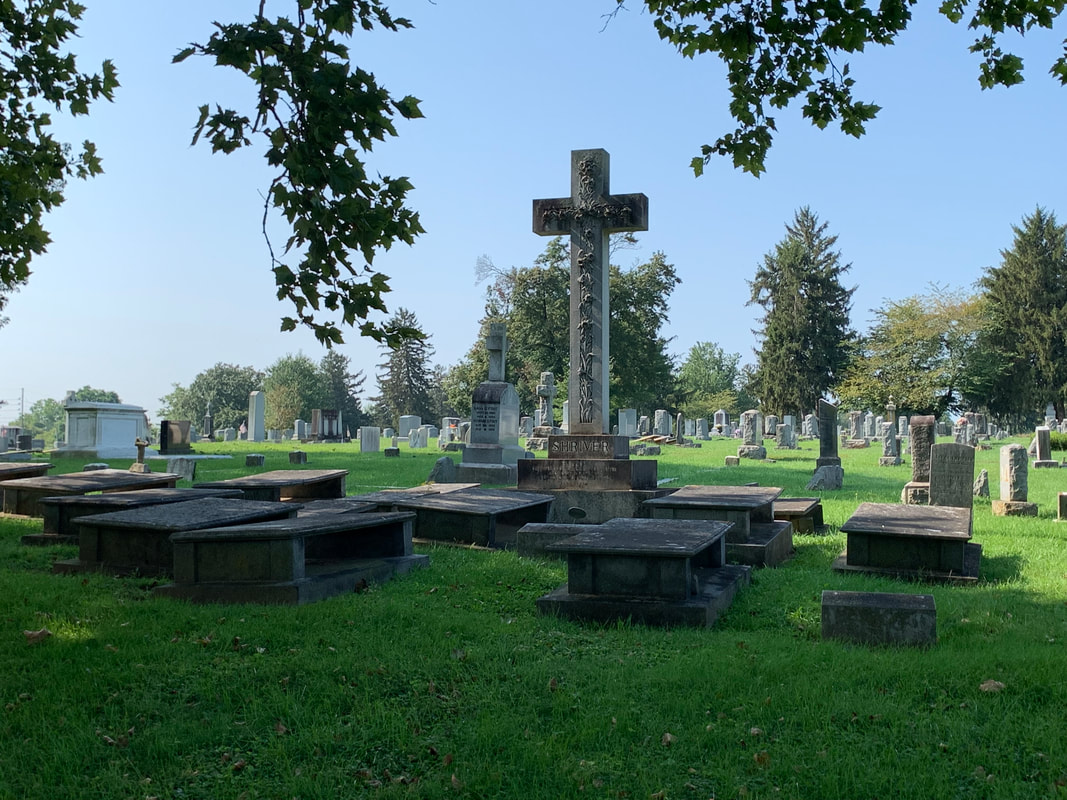
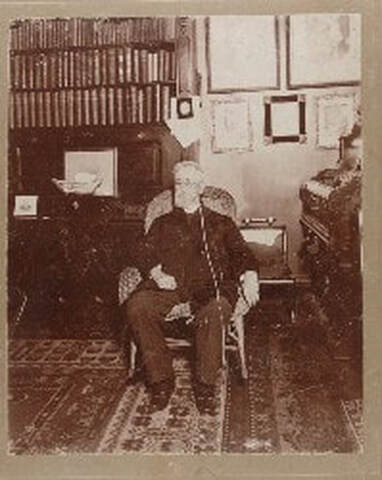

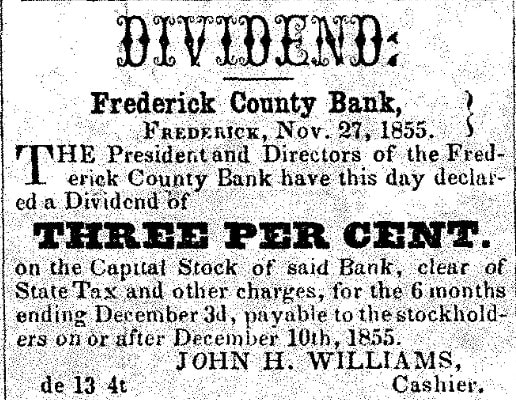

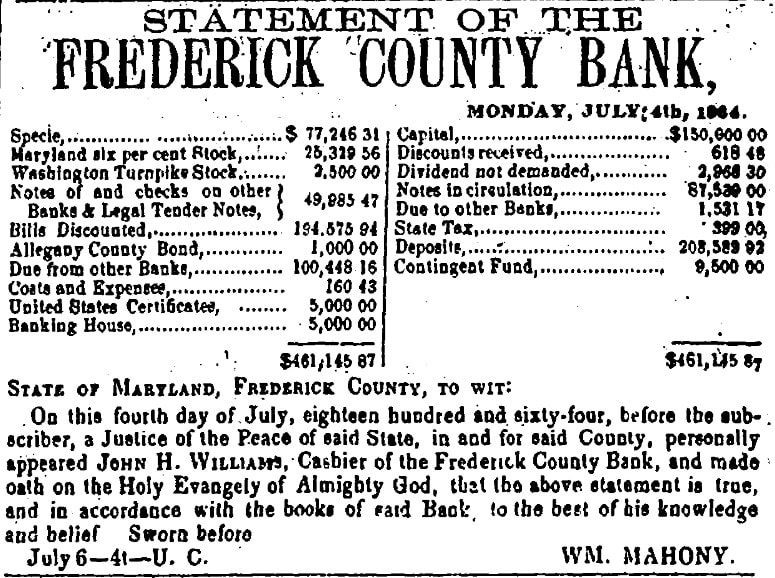
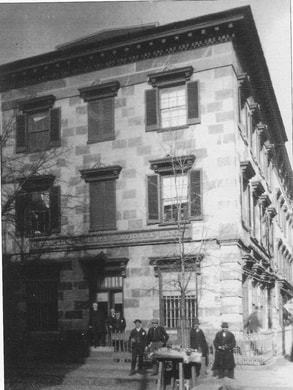

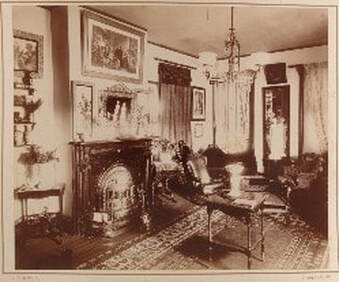
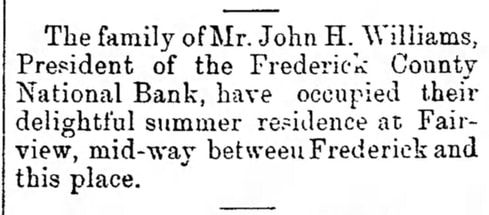
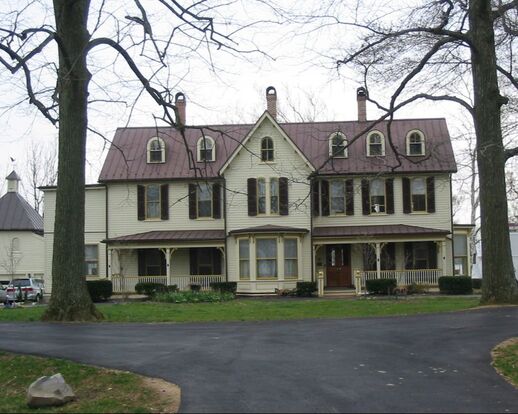
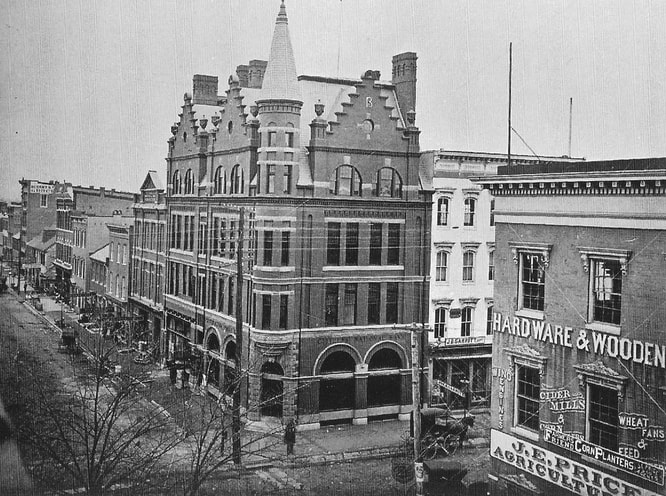
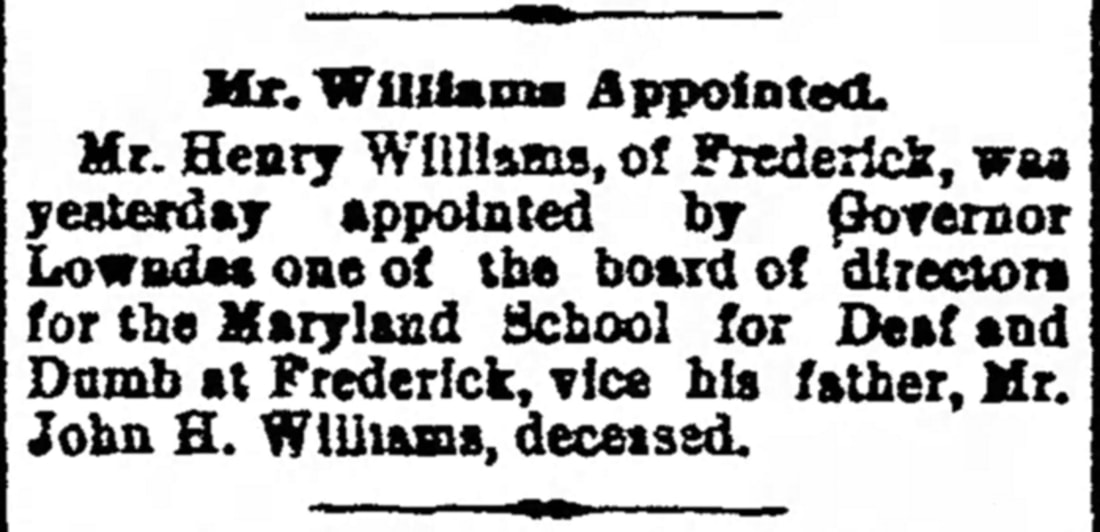
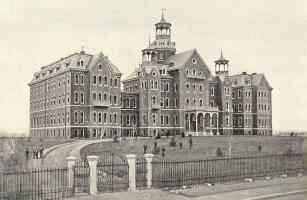
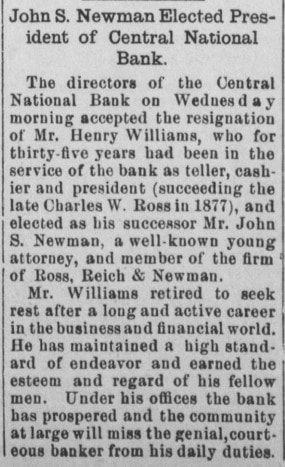

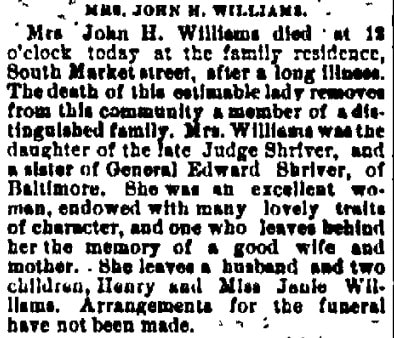
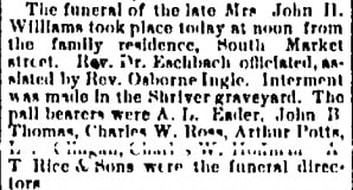
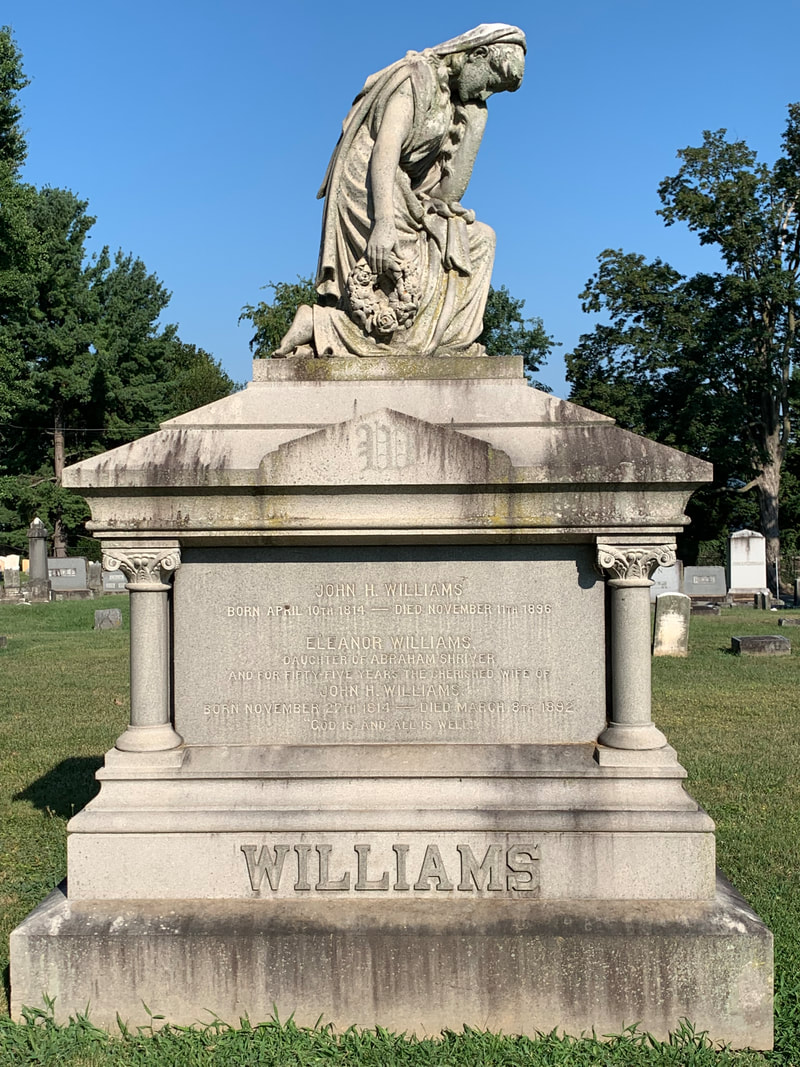
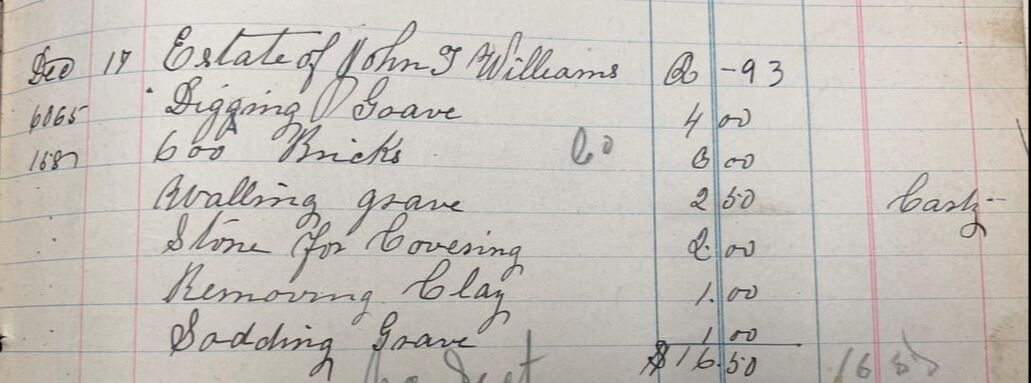
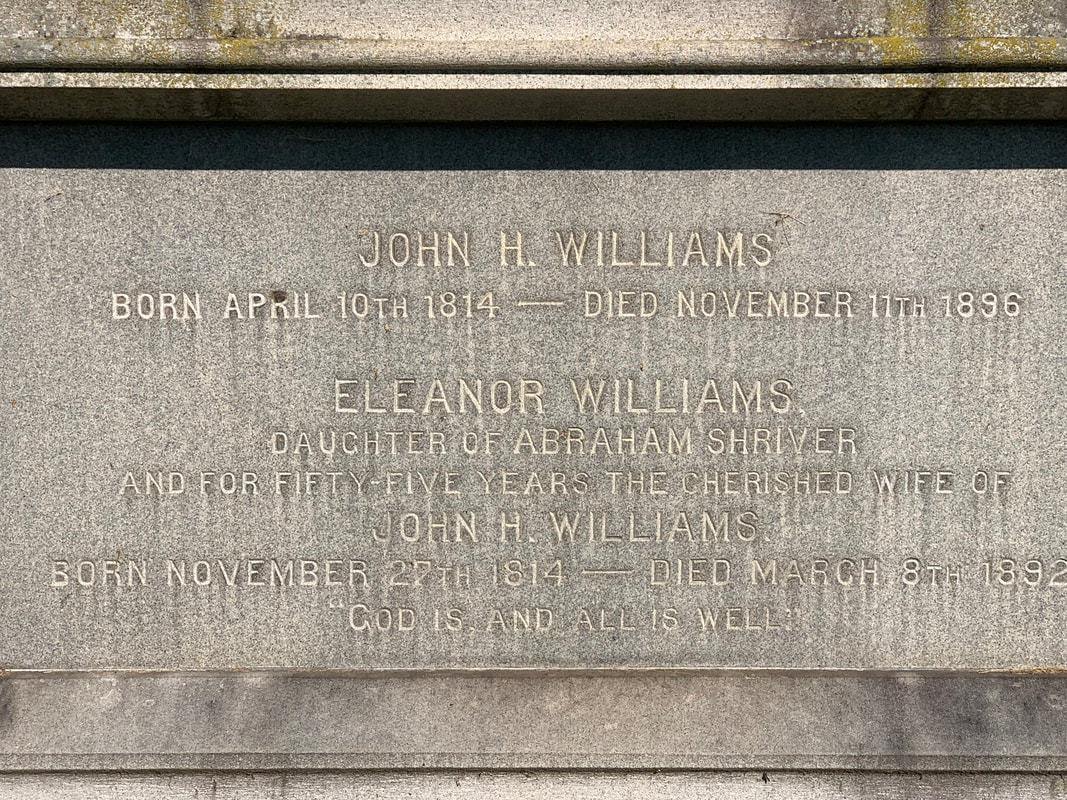
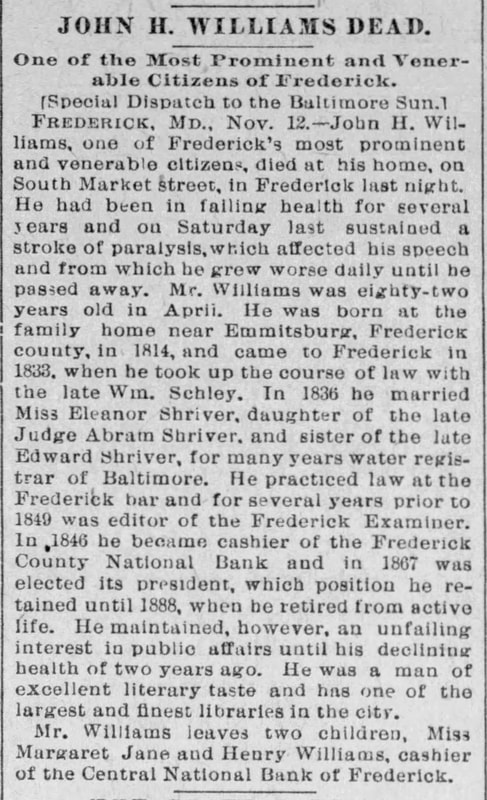
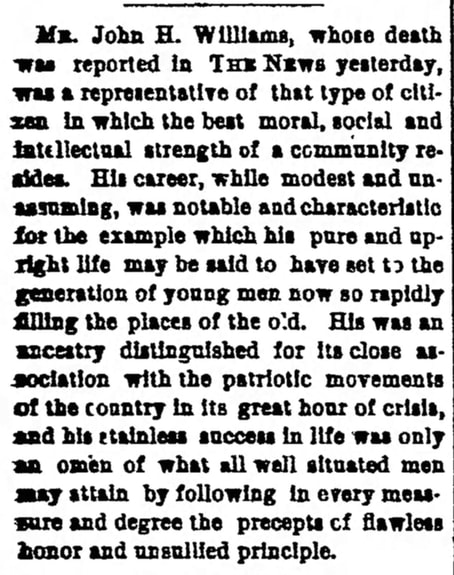
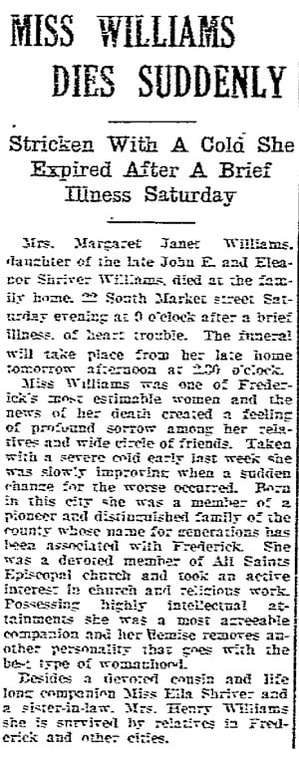
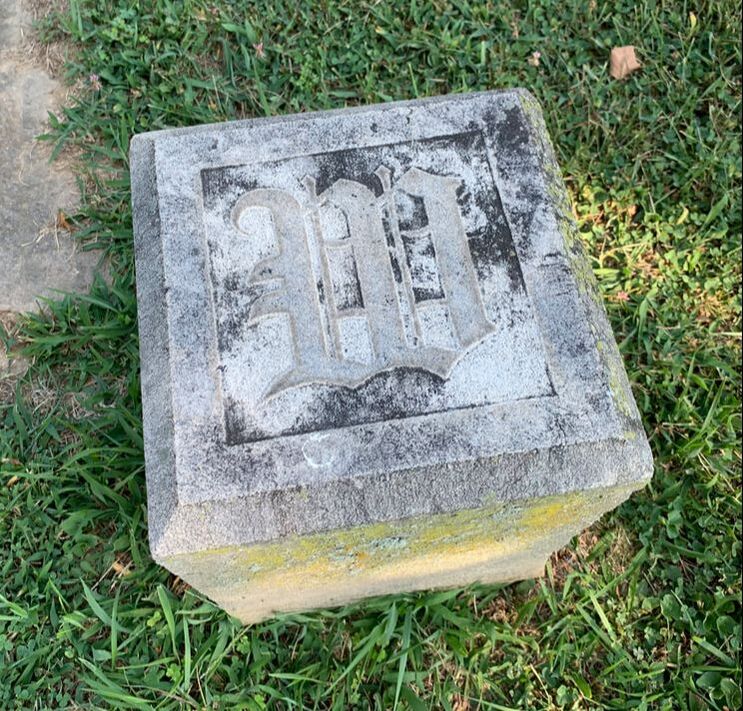
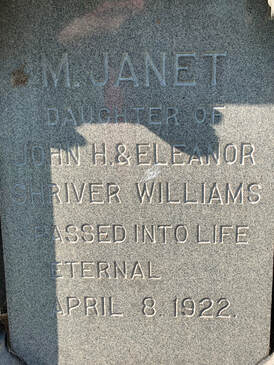
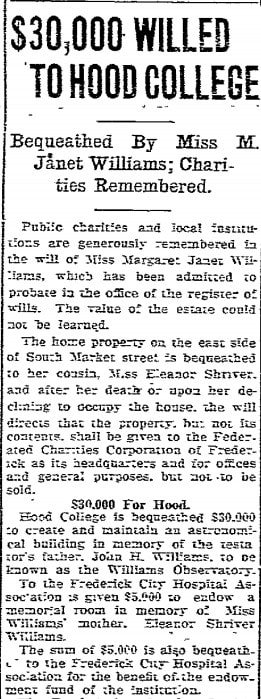
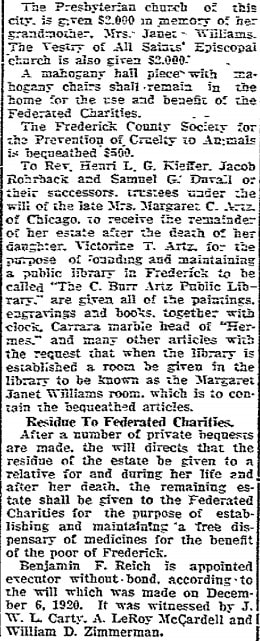
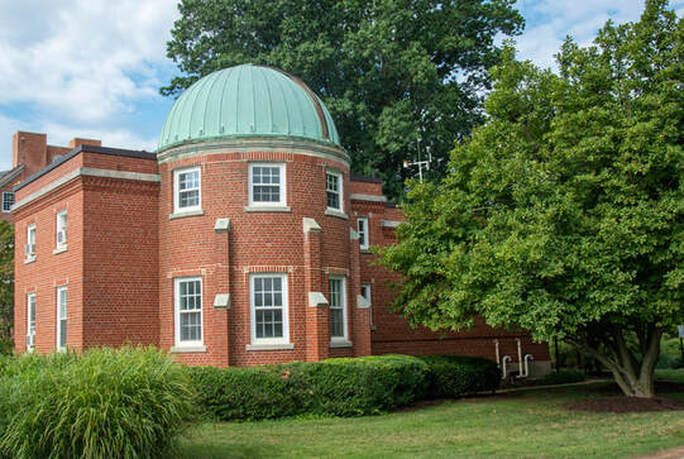
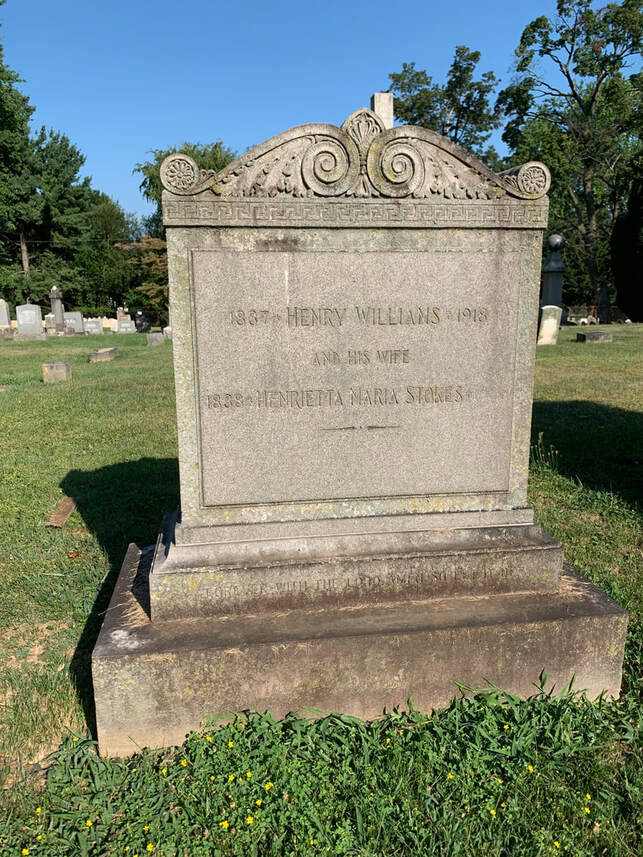
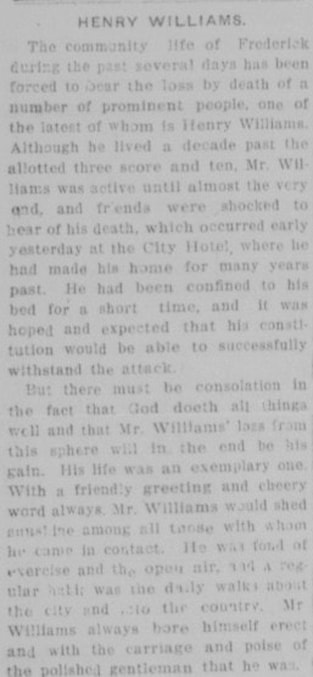
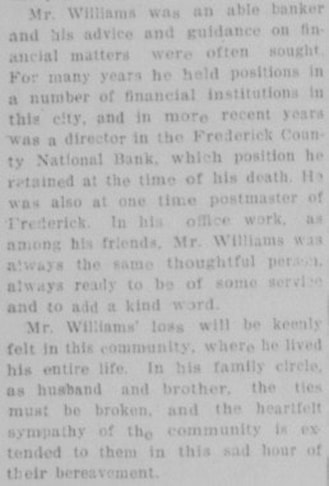
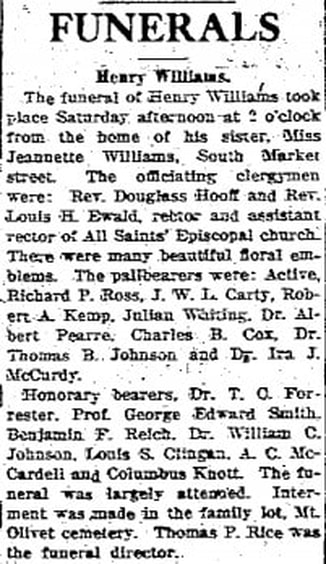
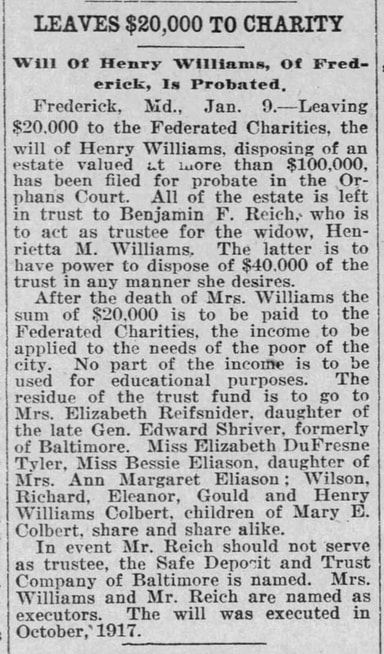
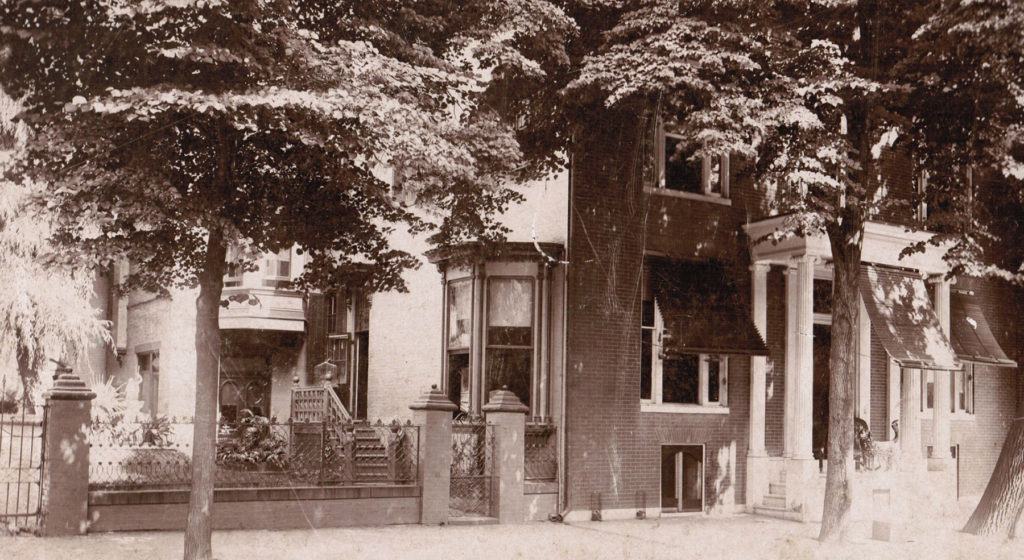
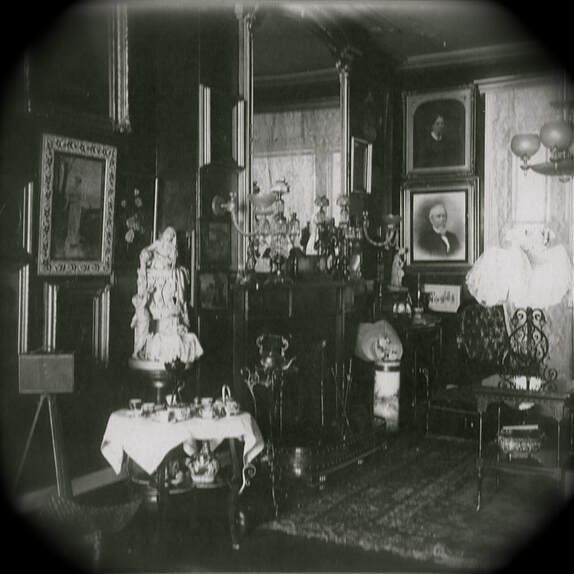
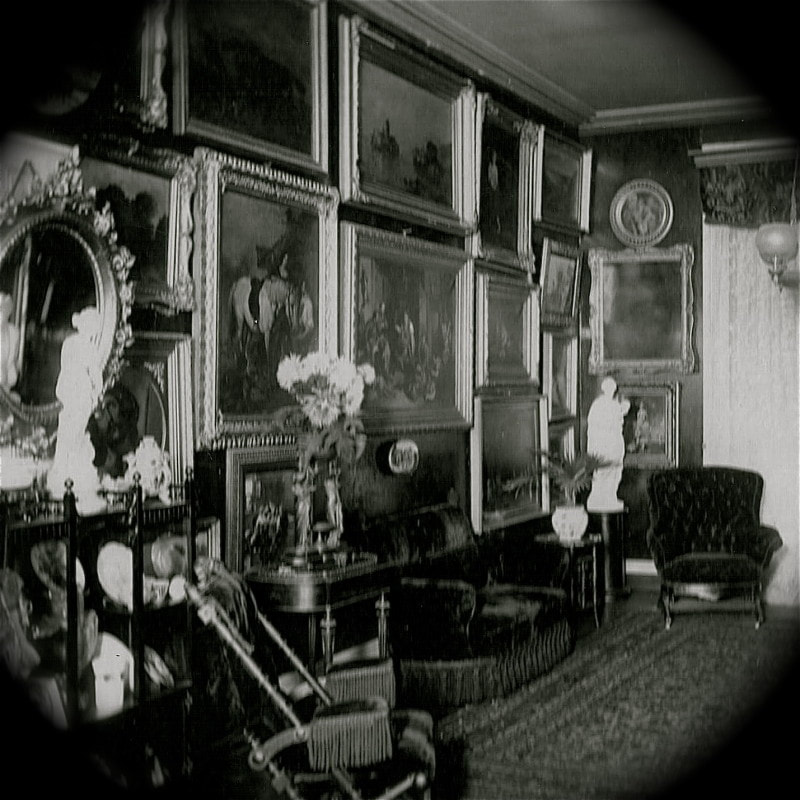
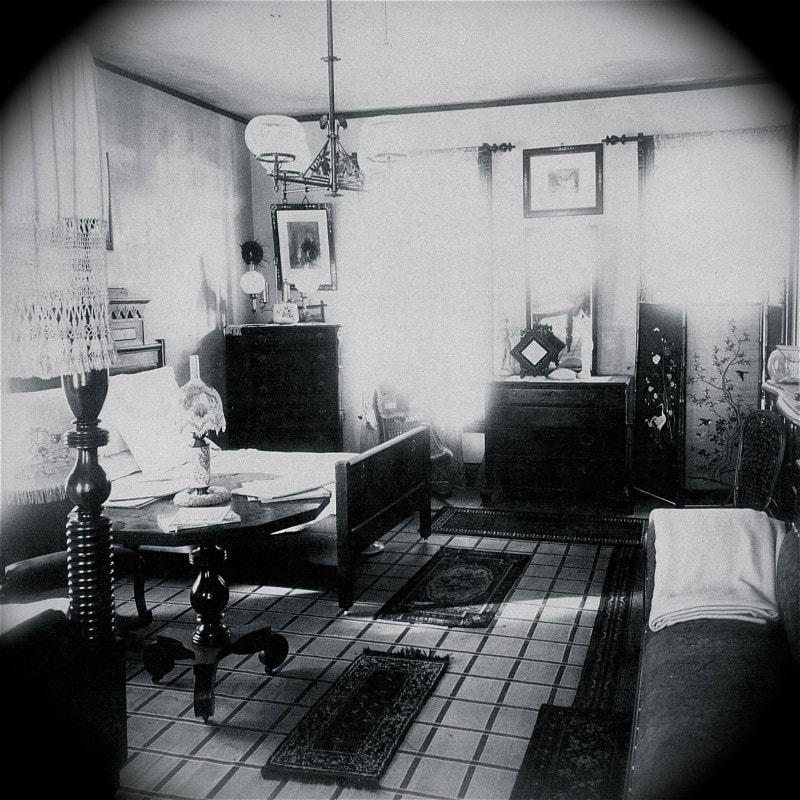
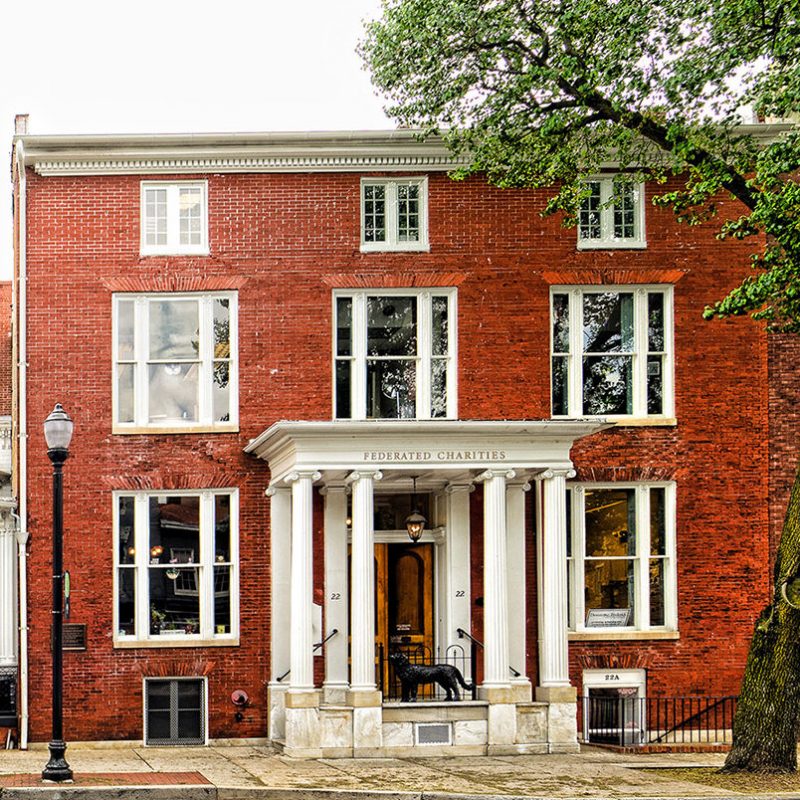
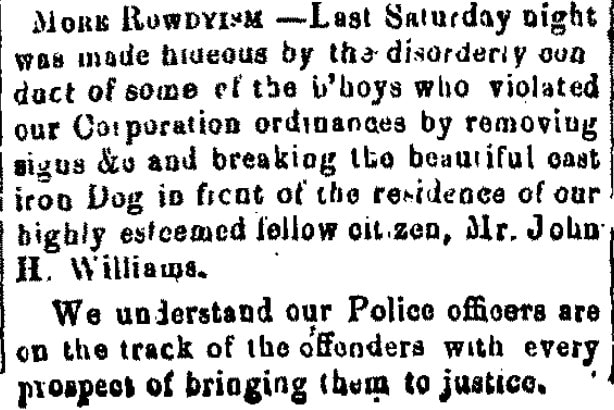
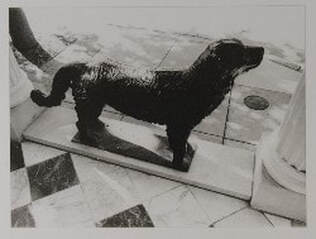
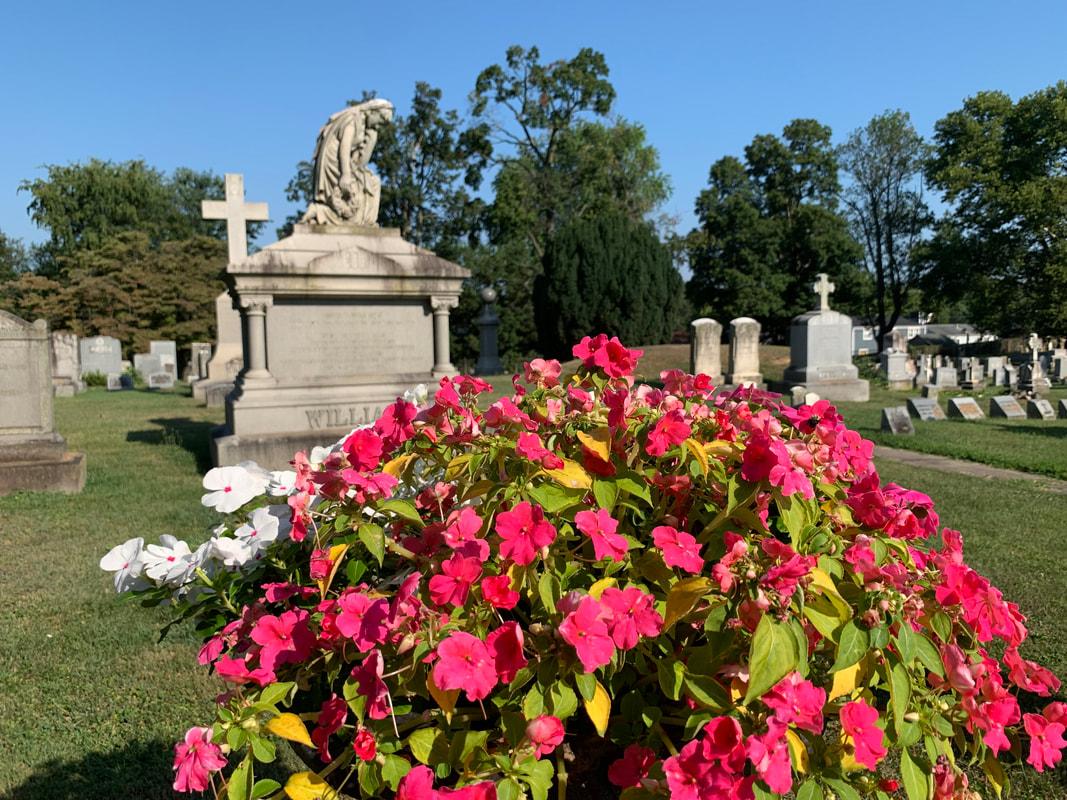

 RSS Feed
RSS Feed